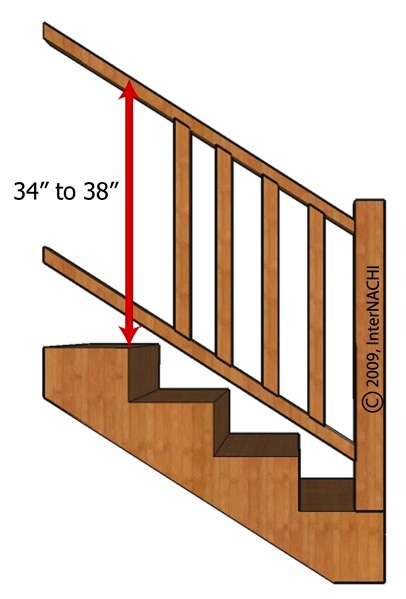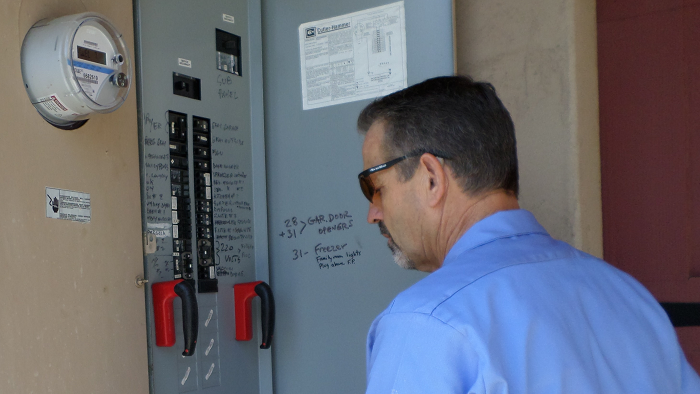Written by Nick Gromicko
The number one hazard for children is falls, which are the leading cause of non-fatal injuries in the U.S. for this age group. About 8,000 youngsters wind up in emergency rooms every day for injuries related to falling, adding up to almost 2.8 million per year. With those statistics in mind, it is worth looking at what can be done to prevent such injuries in the home.
STAIRCASES
Safety Gates
A safety gate is a gate that is temporarily installed in a door or stairway. It allows adults to unlock and pass, but small children will be unable to open it. There are two basic types of gates which differ in the way they are installed. The first type is a pressure-mounted gate. These safety gates are fixed in place by pressure against walls or a doorway. They can be used in doorways between rooms, such as for keeping crawling babies out of a kitchen during cooking, but they are not suitable for keeping kids out of other areas, such as the top of a stairway, where falling could be a risk.
The other type of safety gate, which is recommended specifically for stairways, is hardware-mounted. These gates will mount solidly in place with screws but are still easily removable for times when they are unnecessary. A hardware-mounted safety gate will prevent small children from entering stairways where accidents could occur.
When choosing a safety gate, you can refer to established ASTM standards for these products, and some manufacturers also participate in a certification program administered by the Juvenile Products Manufacturers Association. Any gate you choose should meet the ASTM standards, which will ensure that the gate itself poses no hazard to the child. Products that comply with these standards will have a sticker on the packaging or on the unit itself.
Railings
For parents of children who have outgrown the need for safety gates but are still small and curious, especially those prone to climbing on things, baluster spacing on the handrail becomes a concern. An InterNACHI inspector knows that a stairway with four or more risers should have a continuous handrail not lower than 34 inches or taller than 38 inches on at least one side, with balustrades not more than 4 inches apart from each other. If you have spaces between vertical rails or risers that will allow an object larger than 4 inches to pass between them, they should be reported during an inspection as in need of repair because they pose a risk to a child who tries to climb on the rail or gets stuck between them.



Also available are window stops, which will not allow the window to be opened wider than a pre-determined width. The recommended opening, similar to balustrade spacing, should not exceed 4 inches. This eliminates the possibility of a child or one of his limbs to pass through. These stops are easily removable by an adult whenever necessary.

 Courtesy of InterNACHI
Courtesy of InterNACHI Courtesy of InterNACHI
Courtesy of InterNACHI